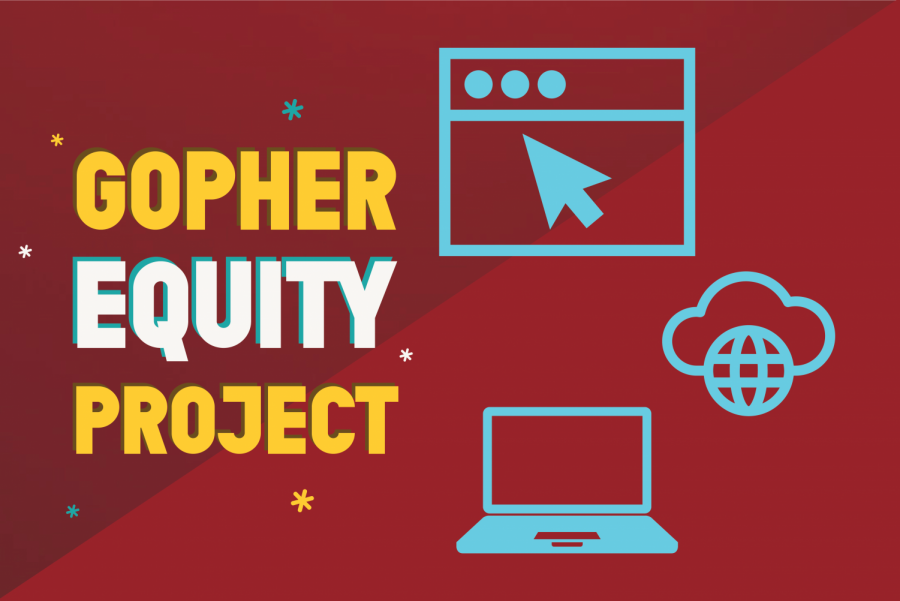The University of Minnesota launched the Gopher Equity Project in late September, a series of online training modules designed to educate students on diversity, equity and inclusion.
Since its start, over 1,000 students and over 60 staff and faculty have either begun or completed the training modules. The major goal of the project, run by the office of Multicultural Student Engagement, is to address and improve campus climate, or feelings of respect and belonging.
The project was also motivated by the killing of George Floyd by a then-Minneapolis police officer in May.
“… Since then, I think there has been a lot of people in this country that are rethinking, reimagining our institutions and what they’re there for, and what role they played in furthering racial inequality,” said Abdulaziz Mohamed, a second-year student and project assistant for the Gopher Equity Project.
The modules are split into three separate sections, the second of which includes facilitated discussions with other students who are completing the training. These discussions allow students to ask and answer the sometimes difficult questions surrounding diversity and racism on campus.
The first section includes training on the topics of equity, power, privilege, oppression and identity. The third and final section connects students with resources to continue learning about the subject.
The training is only required for first-years, and the project coordinators say there is not a plan to make it mandatory for the rest of the student body.
“My hope is that people feel compelled to do it on their own without requiring, because once you require something, it has a little different kind of feel to it,” said LeeAnn Melin, associate vice provost for student success.
Work on the project began in 2019, following a series of recommendations and resolutions to improve diversity on campus from the now-dissolved Multicultural Student Success Committee. The Board of Regents passed the proposed resolutions, eventually leading to the creation of the Gopher Equity Project.
These resolutions also addressed the graduation gaps between students of color, along with other underrepresented groups, and white students.
“We think about individual students, and how they individually feel as well as the perceptions that we have about how we treat each other, so there’s two kind of levels to [campus climate],” Melin said. “That’s the undercurrent of this whole thing. We all play a role in creating an inclusive environment and a welcoming campus climate.”
However, Mohamed sees the Gopher Equity Project as just the first step of many needed to fully address issues with equity and inclusivity on the Twin Cities campus, and hopes the project will be expanded in the future.
“I always feel a range of emotion as a Black man, when an unarmed Black person gets murdered by the police,” Mohamed said. “As a student, I always am looking at ways in which I could be useful on campus or just be useful in my community as a whole. I am really glad to have the opportunity to participate and help lead this project because I honestly believe that it can help change the campus for the better.”








